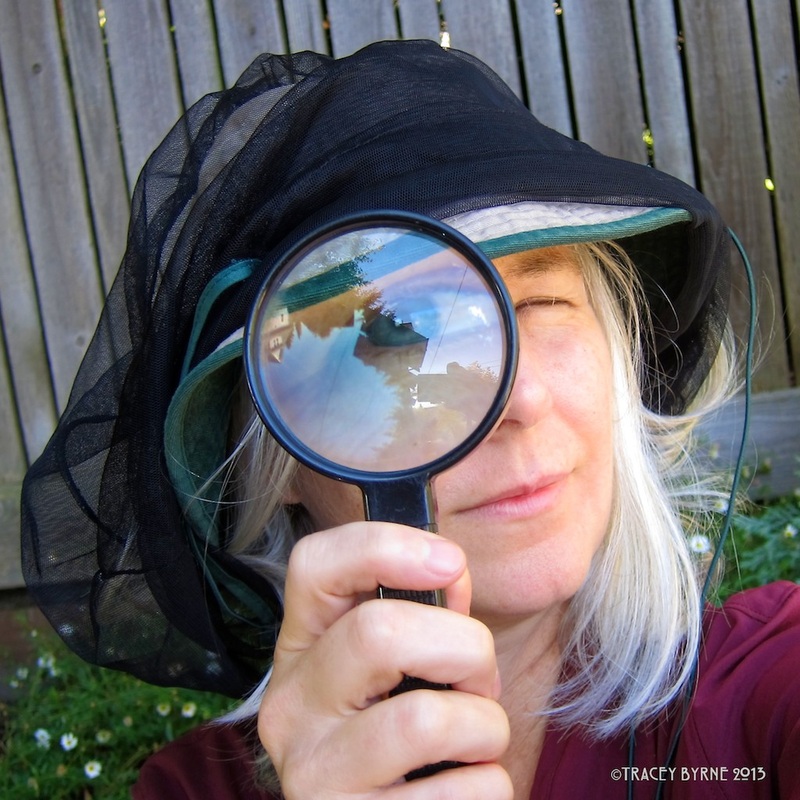|
We had both Red Admiral and the Spring Azure butterflies visiting; look how TINY the Spring Azure is, perched on a forget-me-not. The Vosnesenskii bumblebee is our most numerous bombus, and the tiny metallic green bee with striking black and yellow stripes is an Agapostemon, or male sweat bee, a member of the Halictidae family. They are considered solitary but often nest communally in the ground. Also, apparently not good swimmers (I rescued this little guy from the birdbath :^)
0 Comments
Wall of Birds :: check it out at the Bird Academy What does a Project FeederWatch citizen scientist do during off-season?
Why, head to bird Mecca, of course: Sapsucker Woods and the Cornell Lab of Ornithology in Ithaca NY, for the BirdSleuth Educator Retreat. I flew in and flocked with educators, guides, and naturalists from around the US, Canada, Peru, and Belize. I especially enjoyed the early morning birding with experts, practicing to bird by ear, and basically being inspired by people who love birds, nature, and kids, and who are working hard to share their wonder of it all. BirdSleuth offers kits that teach inquiry and are geared to enhance your science curriculum or after-school program and build science skills while inspiring young people to connect to local habitats, explore biodiversity, and engage in citizen-science projects. We also became familiar with the powerful citizen science birding tool eBird. eBird is a free app, which one can use to submit bird checklists, and connects you to a network that links birders together and keeps track of your sightings and lists. You can also use eBird to print a checklist for your next bird walk. For example: click on "Explore Data" and then "Explore a Region", then enter your county (or state) to view an overview of bird sightings, or even better, Hotspots. If you choose King County, and then Discovery Park, you'll see that 233 species have been sighted there. Click printable checklist, and you are good to go. Besides looking for, watching, listening to, and identifying birds, we also had the chance to go behind the scenes and see the famous Macaulay Library (of bird sounds), meet with researchers banding birds, studying crows, researching biacoustics, and who were crazy about moths. We built nests, faced migration obstacles, learned a bit of bird anatomy, and took a drawing lesson from an artist-in-residence. I loved all the bird art (including this Yellow-bellied sapsucker carving) and enjoyed viewing-in person-the Cornell Lab's Feeder cam. Wonderful resources, lovely people, and an exhilarating sojourn in Sapsucker Woods.
I cannot tell begin to express how thrilled I am to have (my second) feature article published in the Pacific Horticulture magazine (I have been doing the happy dance since it arrived in the mail yesterday morning :^)
You really will want to have a copy of this lovely 64-page journal, but in the meantime you can check my feature articles at these links: Child's Play: Discovering the Wild Bits The Importance of Spontaneous Outdoor Play in Nature Then, don your play clothes and go for a wander in the woods or your garden. Have a nice Play! |
AuthorTracey Byrne~ Categories
All
Archives
June 2024
|
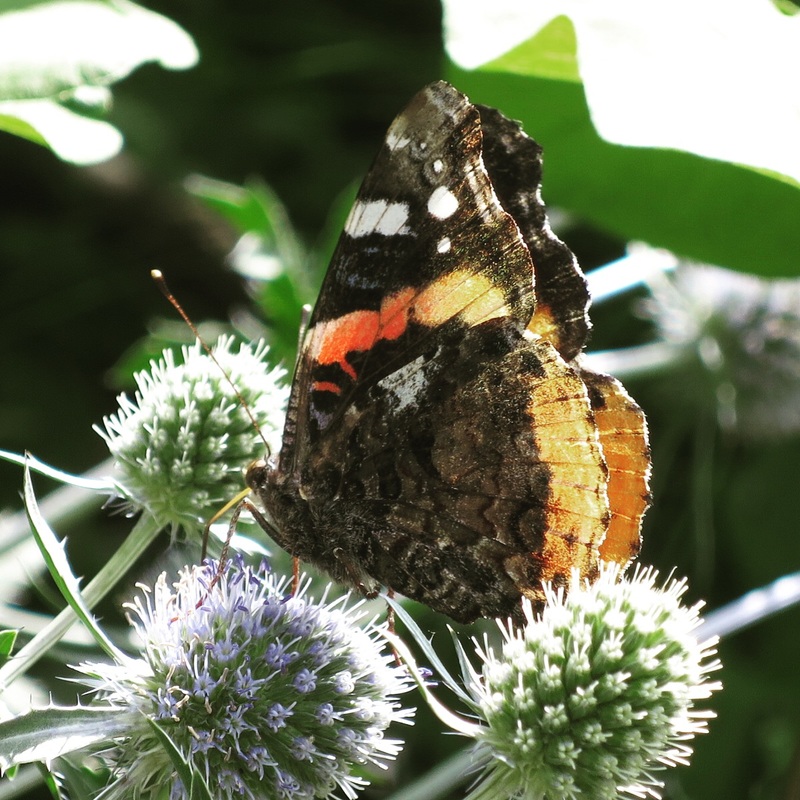
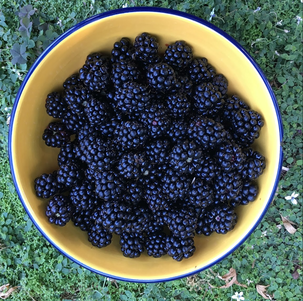
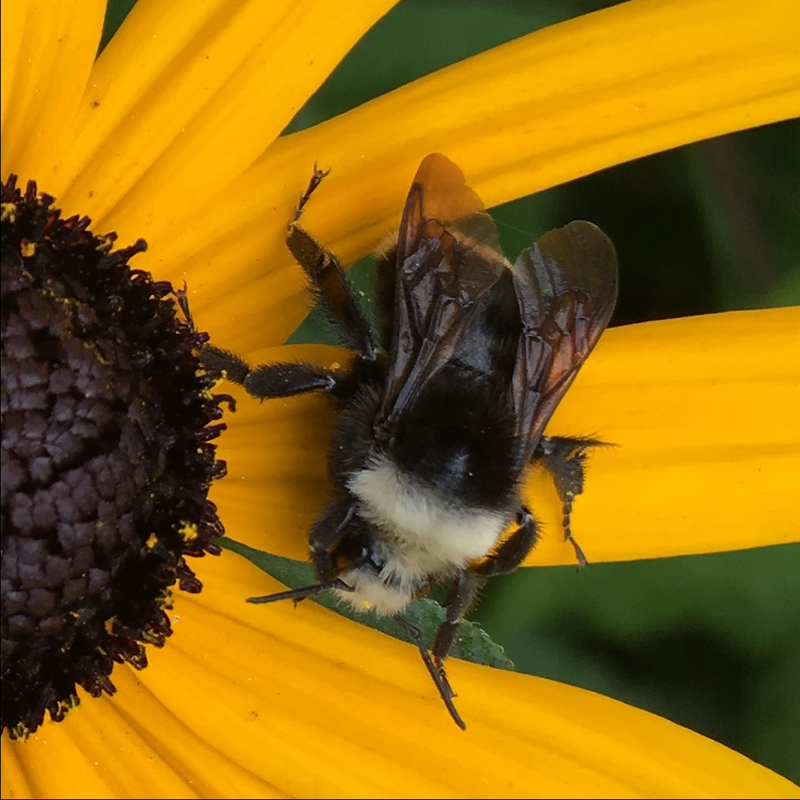
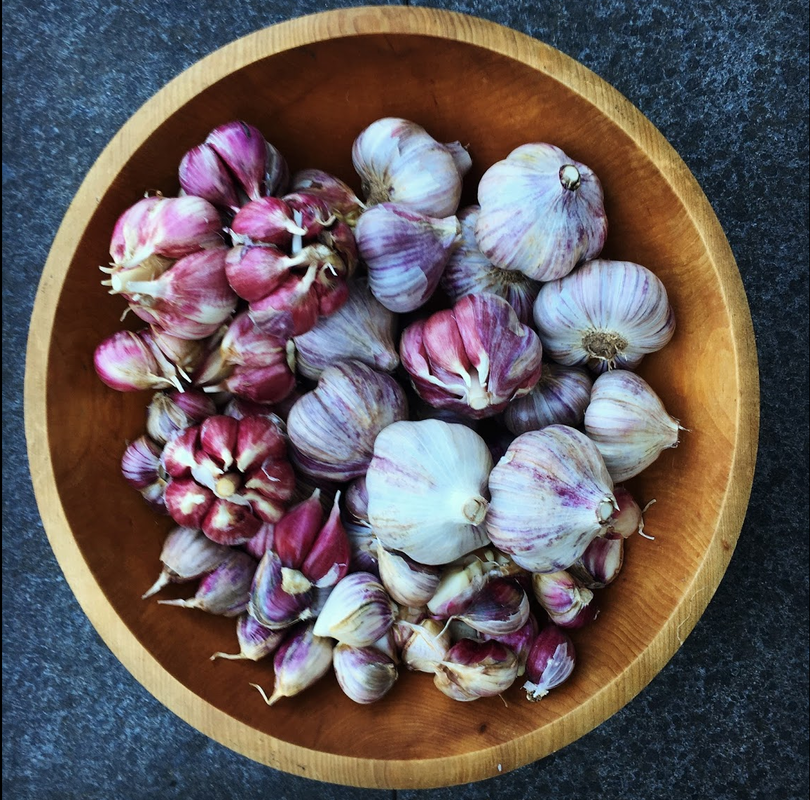
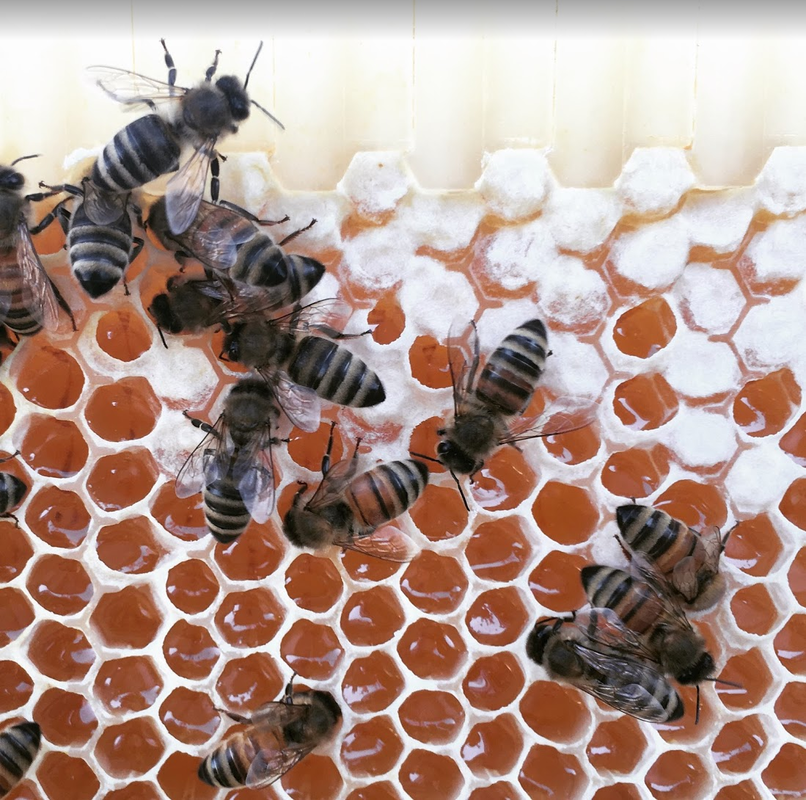
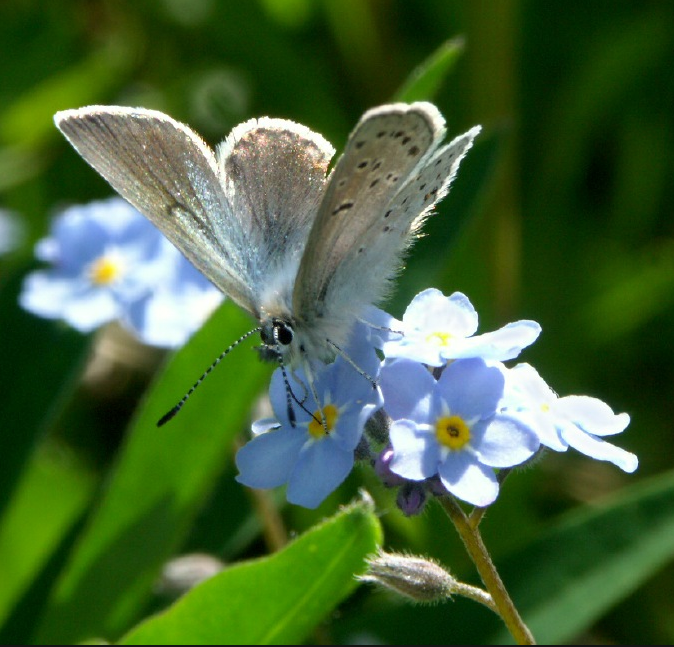
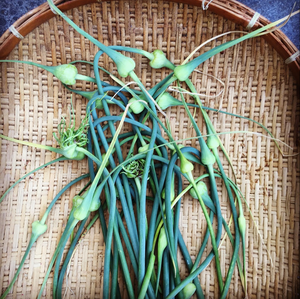
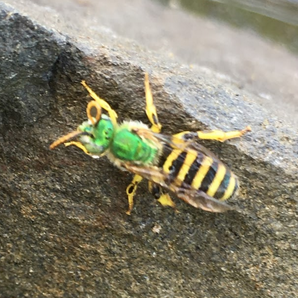
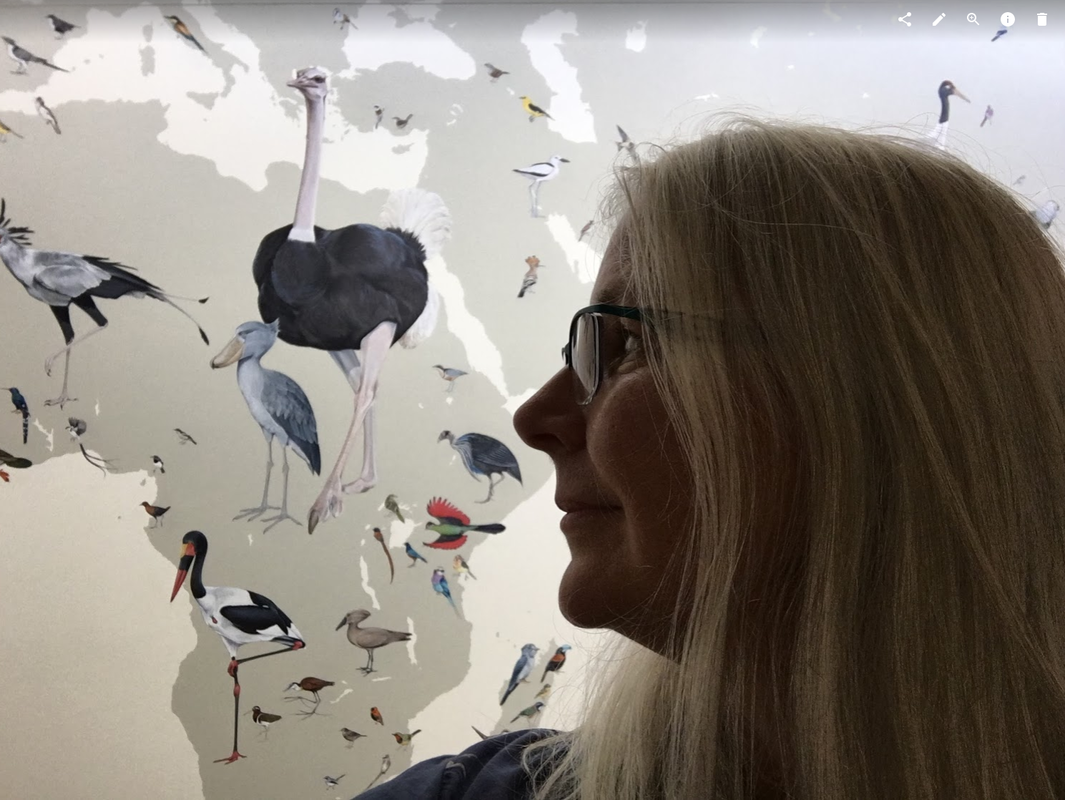
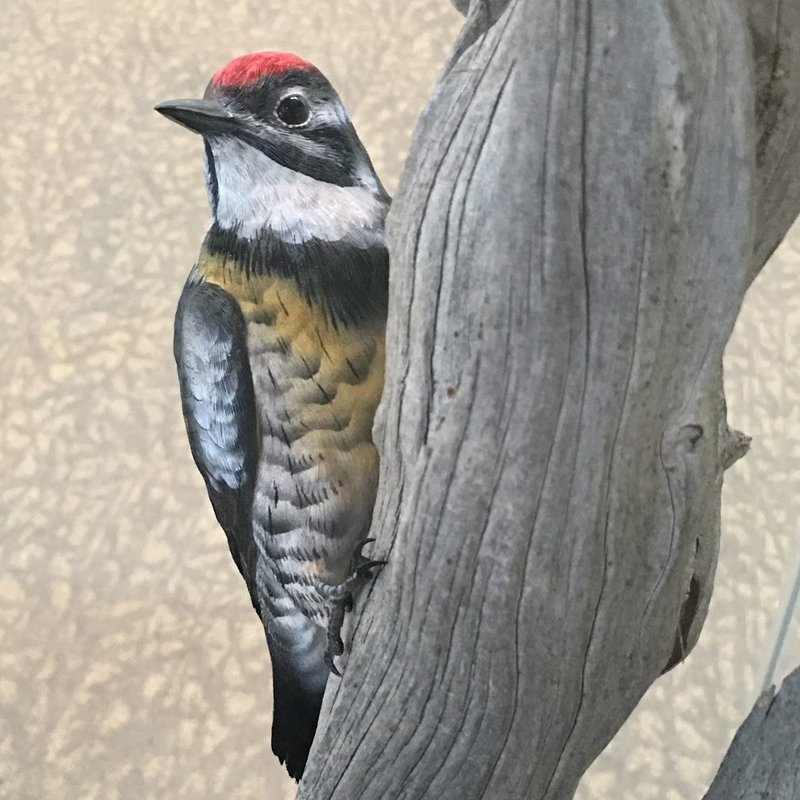
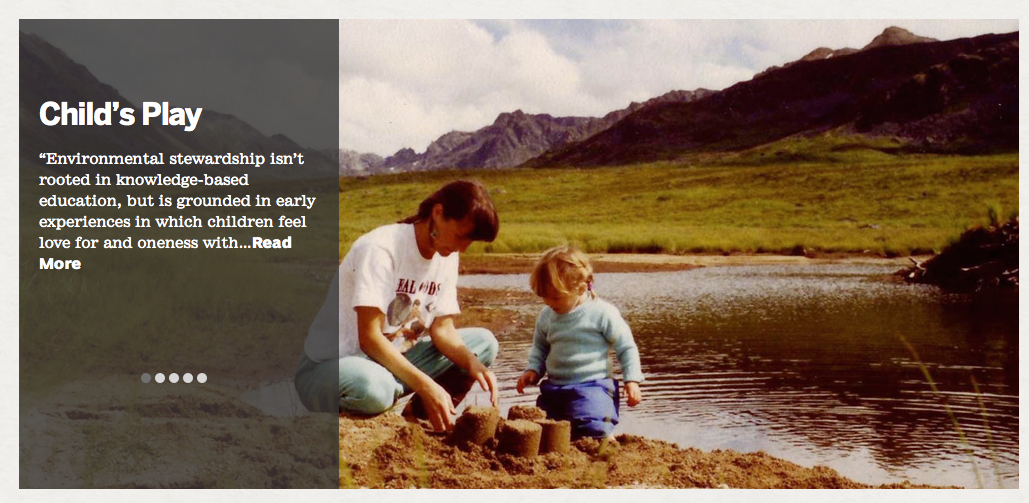
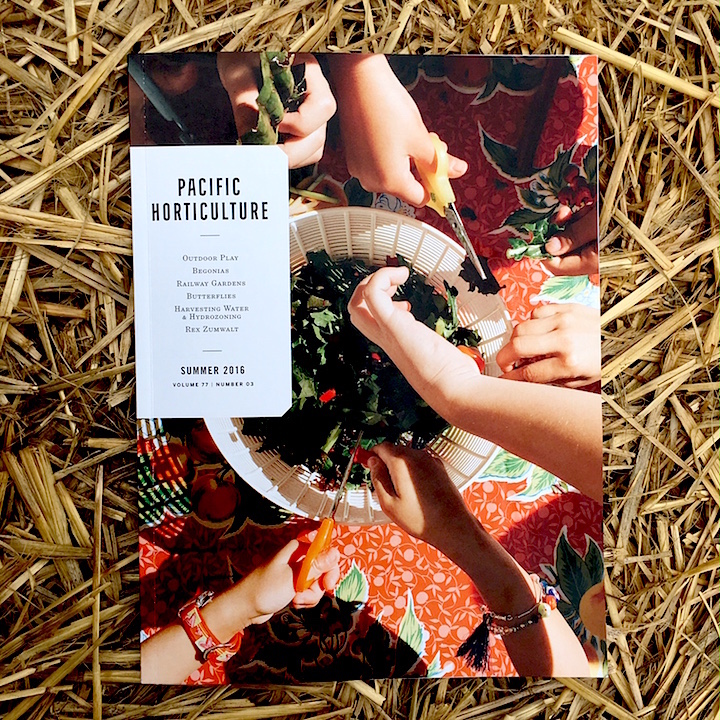
 RSS Feed
RSS Feed
